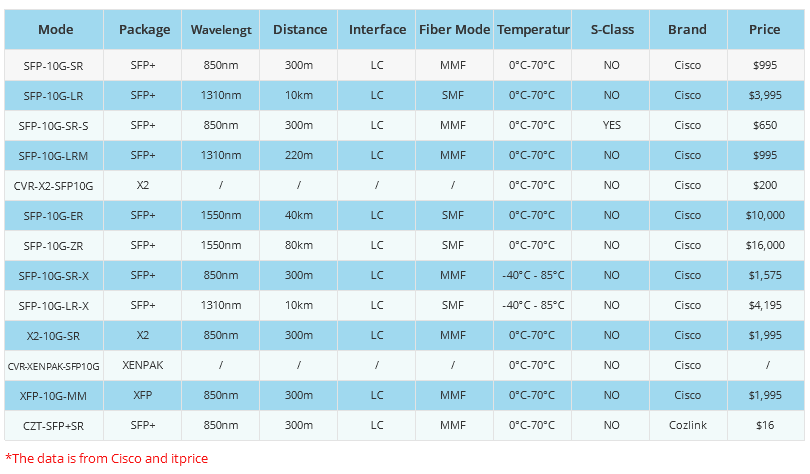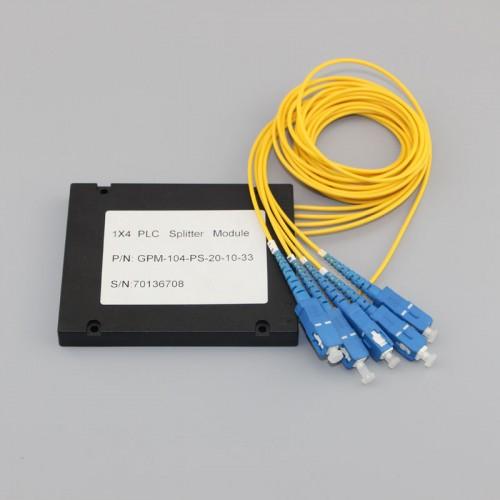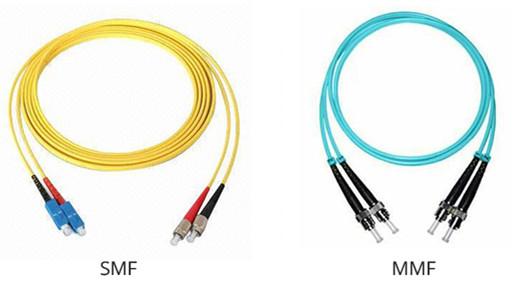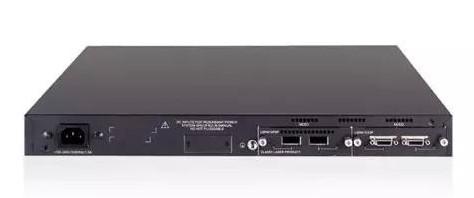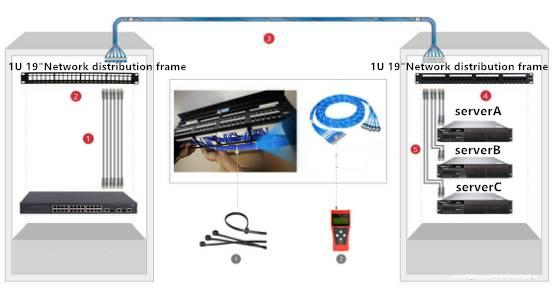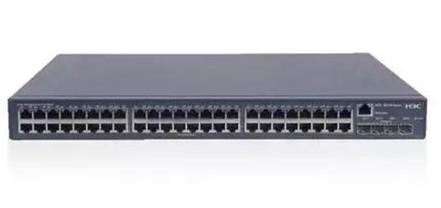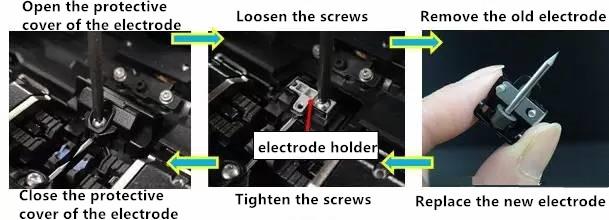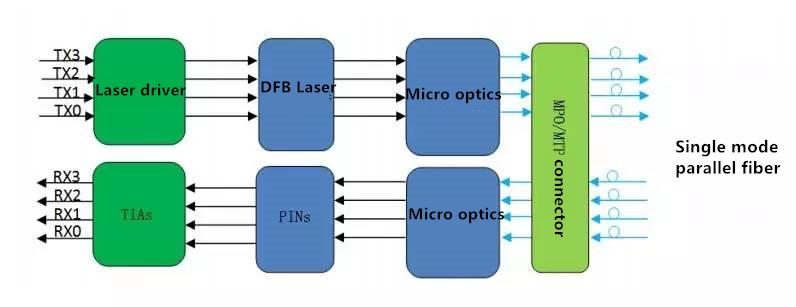- Related articles
- What is IEEE 802.3?
- Optical Transceivers for Cisco SF200E-24-UK Switch
- All Cisco CWDM-SFP10G-1610's information (List price, Specs, Datasheet PDF, Compatibility
- All Cisco DWDM-X2-31.12's information (List price, Specs, Datasheet PDF, Compatibility mat
- Applicable to 40GBASE-LRL4 Standard Optical Transceiver Models
- What Does XFP Stand For?
- Optical Transceivers for Cisco SG300-10PP-K9EU-RF Switch
- Optical Transceivers for Cisco N3K-C3132Q-40GE= Switch
- All Cisco CWDM-SFP-1550's information (List price, Specs, Datasheet PDF, Compatibility mat
- Optical Transceivers for Cisco SF200E-24P-UK Switch
Nowadays, 40G networks are gradually emerging as the core supporting network in the field of long-distance network transmission. Given that the wiring complexity of 40G networks far exceeds that of 10G networks, requiring higher numbers of jumpers and spatial configurations, it is particularly important to have a deep understanding of their operational mechanisms.
The port branch deployment strategy has become a favored choice in network architecture design and has promoted the vigorous development of the parallel optical module industry. On the market, 40G QSFP+SR4 and 100G QSFP28 SR4 are two popular parallel modules that can decompose signals into four 10G or 25G channels for transmission. This type of parallel optical module has significant advantages in scenarios that require multiple link connections, such as when building large spine leaf architectures, it can effectively serve high-density 10G/25G network environments. Next, SEESUO Technology will analyze a cost-effective port branch interconnect solution that combines 40G QSFP+SR4 with 10G SFP+SR.
With the rapid increase in the number of wireless and mobile devices, cloud data centers and enterprises are accelerating the pace of network upgrades, making data centers often pioneers in the application of the latest high-speed transmission technologies. In the field of structured cabling, a density revolution has quietly occurred, and the passive fiber hardware density used in data centers has been significantly improved. It can now support up to 288 ports in a 4U fiber patch panel, regardless of whether these ports use LC or MTP connectors. This leap in density also extends to the switch side, and by deploying port branch configurations, the performance of a single switch card in handling 10G networks can be tripled.
Before delving into port branch deployment strategies, it is necessary to have a basic understanding of the types of optical modules. Currently, high-density 1G and 10G optical modules dominate the market, but as data transmission rates climb to 40G, the four channel miniaturized and pluggable design (i.e. QSFP+) has become the preferred choice for high-density optical modules. The 40G QSFP+SR4 optical module is equipped with four independent 10G optical components, which emit light from the front end of the module using eight core optical fibers. This unique design enables the 40G transceiver to operate flexibly, serving as four independent 10G links or as an integrated 40G link.
When running a 10G network on a high-density SFP+switch line card, a maximum of 48 parallel ports can generally be provided. However, when using 36 QSFP+ports and operating in branch mode, each 40G port can be split into four independent 10G ports, allowing the capacity of a single line card to jump to 144 10G ports, achieving triple expansion.

Under the port branch configuration, 36 QSFP ports can support a total of 144 10G links, thanks to the fact that each 40G port can be decomposed into 4 10G links. To achieve the same number of 10G links supported by traditional SFP+transceivers, three switches with 48 SFP ports each are required. With the continuous increase in demand for 10G ports, this trend will continue to intensify, and adopting this solution can significantly reduce the physical space required for 10G data centers.
What are the practical advantages of port branching solutions?
1. High density and space saving;
2. Cost effectiveness;
3. Flexibility and Scalability:
4. Optimize network performance:
5. Simplify management and maintenance:
6. Support multi link applications.
The above is our introduction of the "40G QSFP+SR4 and 10G SFP+SR networking connection scheme" and the practical application advantages of the "port branching scheme" we use. I hope it can bring you relevant help.





























































